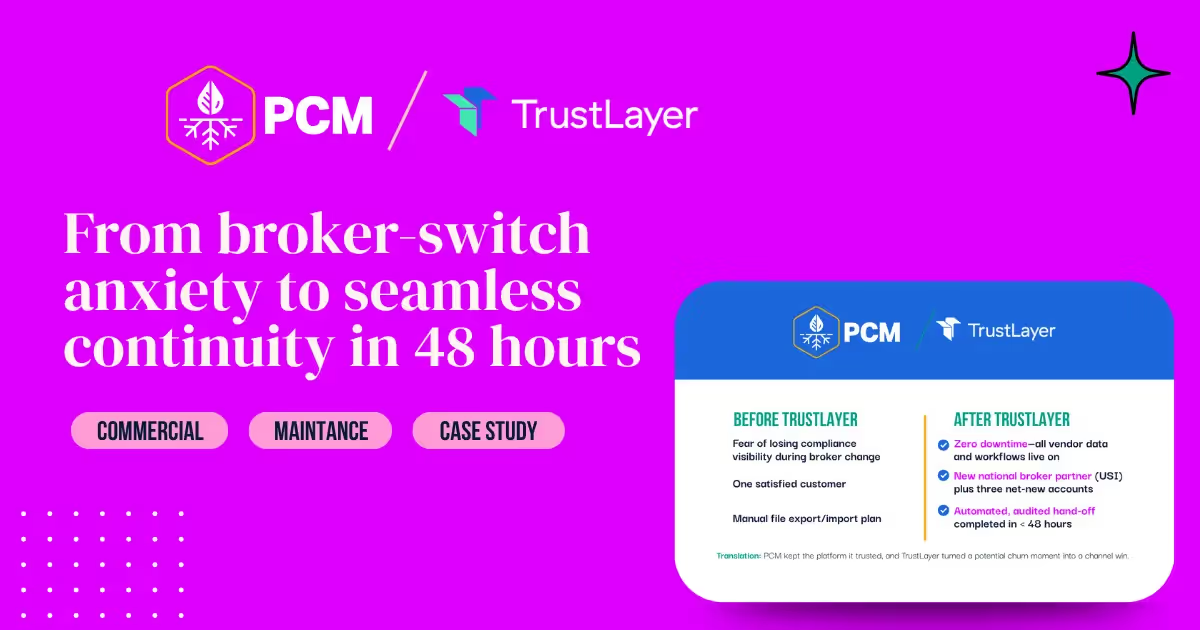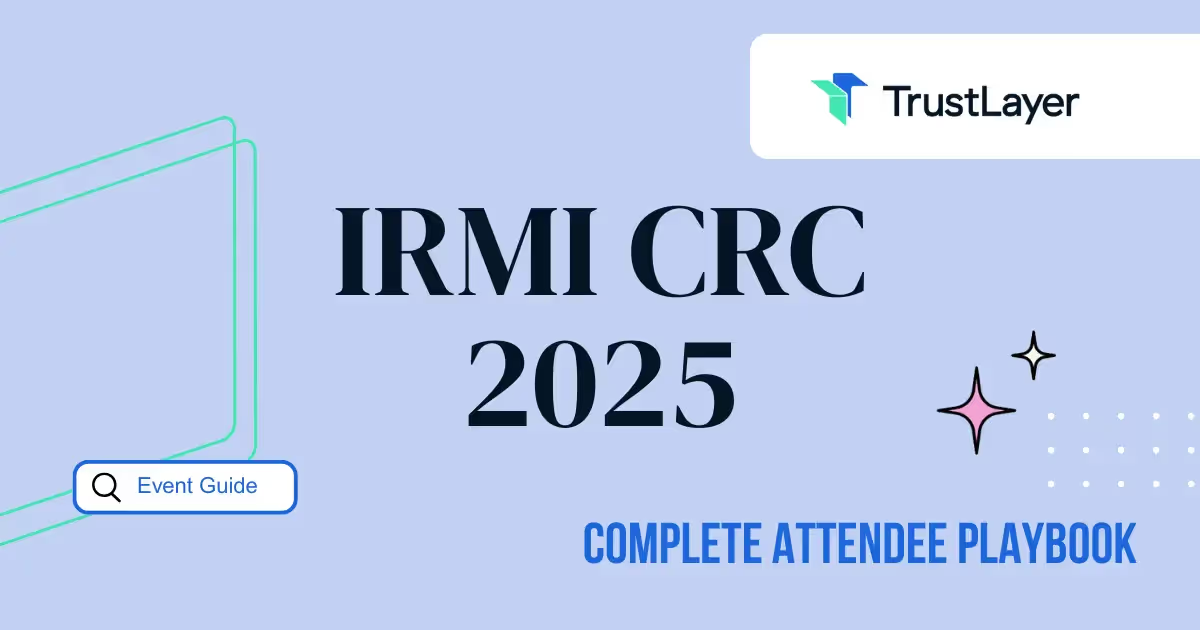Standard vs. Custom Lease Compliance Profiles: Which Actually Saves You Time?

The Hidden Cost of “Standard”
Every property manager has lived this one:
A tenant delays updating their COI. The property manager forwards the reminder (again). Legal gets looped in. The lease clause finally surfaces, and it doesn’t match the standard profile at all.
Now you’re juggling two sets of requirements, three inbox threads, and a lease addendum you didn’t sign.
That’s the quiet tax of “standardization.”
It feels faster upfront, until you realize it just delayed approval by two weeks and burned trust with the tenant.
The truth?
Standard profiles save setup time. Custom profiles save your sanity.
What’s Actually at Stake in Lease Compliance
Lease compliance isn’t just paperwork. It’s proof that every tenant is holding up their end of a legal and financial contract.
At scale, that means thousands of insurance certificates, endorsements, and renewals — all expected to be reviewed consistently, fairly, and fast.
But “fast” means nothing if it breaks consistency. “Consistent” means nothing if it causes friction.
That’s where the profile decision — standard vs. custom — becomes a silent operations strategy.
Standard Profiles: The Efficiency Illusion
Standard profiles are pre-set requirement templates used across tenants and properties. They define insurance minimums, naming conventions, and document types for everyone under the same umbrella.
It’s easy to see why teams lean on them:
✔ Quick to roll out across portfolios
✔ Uniform expectations simplify audits
✔ Automation-ready for COI tracking tools like TrustLayer
But the tradeoff is built in.
The moment a lease includes a unique indemnity clause, specialized coverage, or an updated limit, that same efficiency can backfire.
Tenants push back. Property managers rework the profile.
Legal gets involved.
By the time it’s resolved, your “time-saving” template has cost three meetings and a full week of delays.
Custom Profiles: Time Lost or Time Reclaimed?
Custom profiles take a different route — aligning directly with each lease’s insurance requirements from the start.
They take a bit more setup. But that’s also where the long-term wins begin:
✔ Fewer tenant disputes (because the requirements actually match the lease)
✔ Faster approvals later (no midstream corrections)
✔ Clearer documentation trails for audits and renewals
✔ Higher tenant trust — because transparency replaces friction
Think of it like construction: standard framing gets you a house faster.
But custom framing gets you one that actually fits the lot.
How Standard Profiles Can Still Work — When You Use Them Wisely
There’s a middle ground. Standard profiles make sense when:
- You manage hundreds of similar leases across a portfolio.
- You need to scale compliance operations fast.
- You’re verifying routine coverage (e.g., general liability, auto, umbrella).
In these cases, a standard profile serves as your foundation—not your ceiling.
The smart move is to start standard, then tailor where it counts.
Platforms like TrustLayer make that possible.
Teams can apply baseline requirements portfolio-wide while still layering on custom logic per tenant, project, or lease.
That balance — automation + precision — is what separates smooth operations from inbox chaos.
The Risk Factor Nobody Talks About
When COI requirements are misaligned, the risk extends beyond legal concerns. It’s relational.
Every time a tenant pushes back on compliance, your team loses time and goodwill.
That friction scales. It slows renewals, complicates audits, and undermines the trust that drives lease longevity.
In contrast, when profiles align with the lease language from day one, compliance becomes invisible — tenants simply comply, approvals move forward, and everyone continues to build.
Bottom Line
Standard profiles make sense — until they don’t.
They help you get started quickly, but often cost you hours of rework and tenant friction later.
By investing a little more time upfront with custom lease compliance profiles, property management teams:
- Reduce pushback.
- Accelerate approvals.
- Build stronger tenant relationships.
- Keep compliance predictable instead of painful.
You can’t automate trust. But you can design for it.
Tips for Client Conversations
When positioning this to clients or internal teams, lead with outcomes:
“Custom profiles aren’t extra work — they’re insurance against rework. They protect your time and your tenant relationships.”
That framing turns what sounds like a technical setup task into a clear business advantage.
Frequently Asked Questions
Q. What’s the main risk of relying only on standard profiles?
They can miss lease-specific requirements, leading to pushback, compliance gaps, or delayed approvals.
Q. When do custom profiles make the most sense?
When a lease includes unique clauses, specialized coverage, or negotiated terms that differ from your standard baseline, it is considered a non-standard lease.
Q. Can you mix both approaches?
Yes. Many property management teams start with a standard profile, then customize key fields for unique tenants or leases.
Q. How can technology help manage this?
TrustLayer automates verification for both standard and custom profiles — ensuring accuracy, visibility, and real-time compliance tracking across your portfolio.
Q. How does this impact tenant relationships?
When your requirements align with what tenants actually signed, it reduces friction and speeds up cooperation.
CTA: Make Compliance Invisible
Stop juggling exceptions and email chains.
TrustLayer automates COI tracking, streamlines lease compliance, and keeps your portfolio audit-ready.
👉 Schedule a quick demo and see how modern property managers are saving time, cutting risk, and protecting tenant relationships with TrustLayer.
















